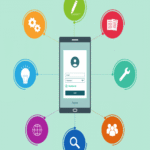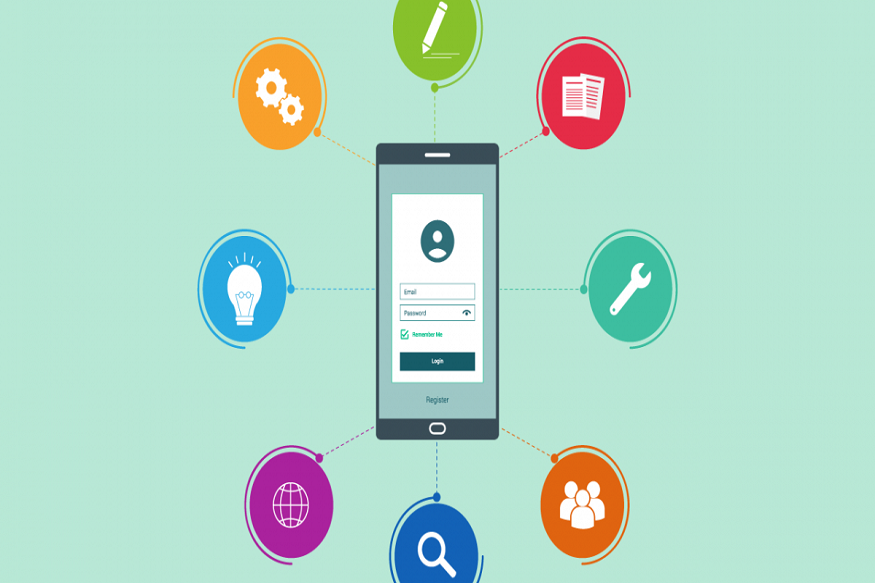Globally, more than 50% of internet time is spent on smartphones. A business must be present on this mobile medium. A “mobile-first” marketing strategy is the most appropriate. But how do you create a mobile web application ? How do you know which application to produce? How do you produce the best mobile application?
The first step is to prepare the groundwork for your creation. We’ll list the steps you shouldn’t forget. The second step is to understand the types of applications available and the choice you’ll need to make. There are important differences between a native application that accesses internal features (camera, microphone, etc.) and a web application. We’ll also list them for you. Once you’ve made your technical choice, all you have to do is choose the development method for your mobile application. Here are the steps to create your mobile application.
Create applications adapted to each operating system
The mobile market is highly competitive, which is why creating an app requires careful organization. Developers, agencies, and app builders offer a step-by-step production process. Here’s a summary of the different phases to follow:
1. The concept and the idea
Find an idea. Explain its added value. How is it useful to users? Compare it to competitors. What does it bring to the market? Validate it on a panel of testers.
2. Features
Will they be standard or custom? Do you need access to advanced mobile features? Camera, camera, microphone, and GPS are among them. If so, your app will need to be native. Consider an iOS and Android app.
3 .The economic model
New mobile usage patterns are creating opportunities. Generating revenue from them is becoming a possibility. How is this possible? A paid app is possible if you offer added value or a service. A free app can generate revenue through advertising. A freemium model is also worth considering.
4. Definition of targets
Who will your customers be? In which markets do you intend to position yourself? Knowing your target audience helps you define the technology to develop. Should you have an Android app? Is an iOS app more suitable? Which devices should you target? Smartphone or tablet, or should you consider both?
5 .Create a prototype
This involves putting your ideas down on paper: the name, the mindset associated with your project, etc. Then, validate a design, a graphic charter. You think about the UX and UI, to facilitate their use. In this way, you prepare for the development phase.
6. Start development
Are you opting for an iOS and Android app? Are you focusing on one OS development rather than another? Consequently, you need to choose the environment: Xcode or Android Studio. You’ll also need to determine which programming languages to use. These include Swift, Objective-C, Java, and Kotlin.
7 .Develop features
Testing as your app develops is essential. Various tools are available for this purpose. Crowdtesting can be used, as can beta testers.
8 .Publication
Then, promote your app. The launch must be anticipated and sufficiently remarkable. Promote its takeoff with advertising. Accumulate feedback and use it to improve the app. Return to the mobile development phase to implement changes and improvements if necessary.
What are the types of mobile apps?
It is based on mobile web development. The languages used are HTML, CSS, and JavaScript. It runs via the smartphone browser. It installs your logo on the home screen of smartphones or tablets. The user experience is very close to that provided by a native app. SEO is done on search engines. This is an advantage over the native mobile application (which is not SEO-friendly). The PWA can work offline. It is completely multiplatform (smartphone or tablet, desktop).
The native app
It is developed in native programming languages. Objective C/Swift is listed for iOS, Java and Kotlin for Android. The native mobile application benefits from the reputation of the stores. It uses the native functions of smartphones. You have access to geolocation, microphone, camera, etc. It works perfectly offline. You can monetize it in different ways: paid application, in-app purchases, advertising, etc.










